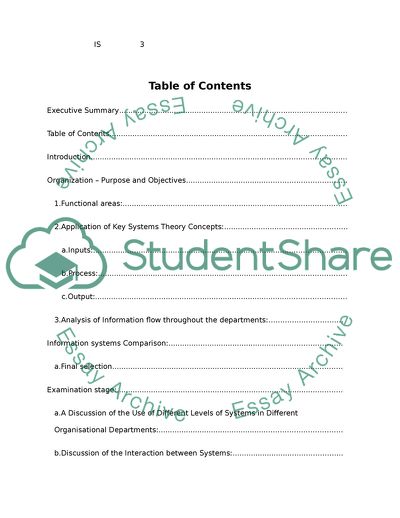Cite this document
(Functional Components of the Business and the Information Needs of Case Study - 3, n.d.)
Functional Components of the Business and the Information Needs of Case Study - 3. Retrieved from https://studentshare.org/information-technology/1721343-information-systems
Functional Components of the Business and the Information Needs of Case Study - 3. Retrieved from https://studentshare.org/information-technology/1721343-information-systems
(Functional Components of the Business and the Information Needs of Case Study - 3)
Functional Components of the Business and the Information Needs of Case Study - 3. https://studentshare.org/information-technology/1721343-information-systems.
Functional Components of the Business and the Information Needs of Case Study - 3. https://studentshare.org/information-technology/1721343-information-systems.
“Functional Components of the Business and the Information Needs of Case Study - 3”. https://studentshare.org/information-technology/1721343-information-systems.


